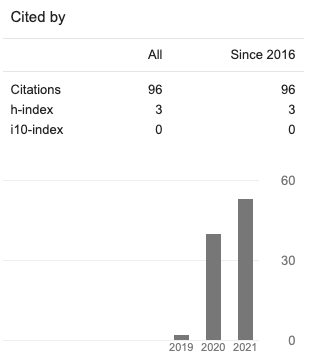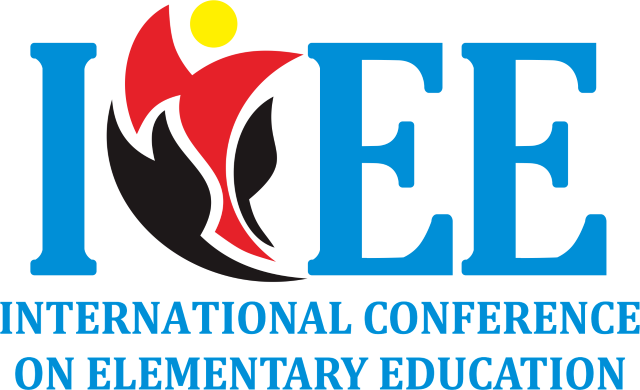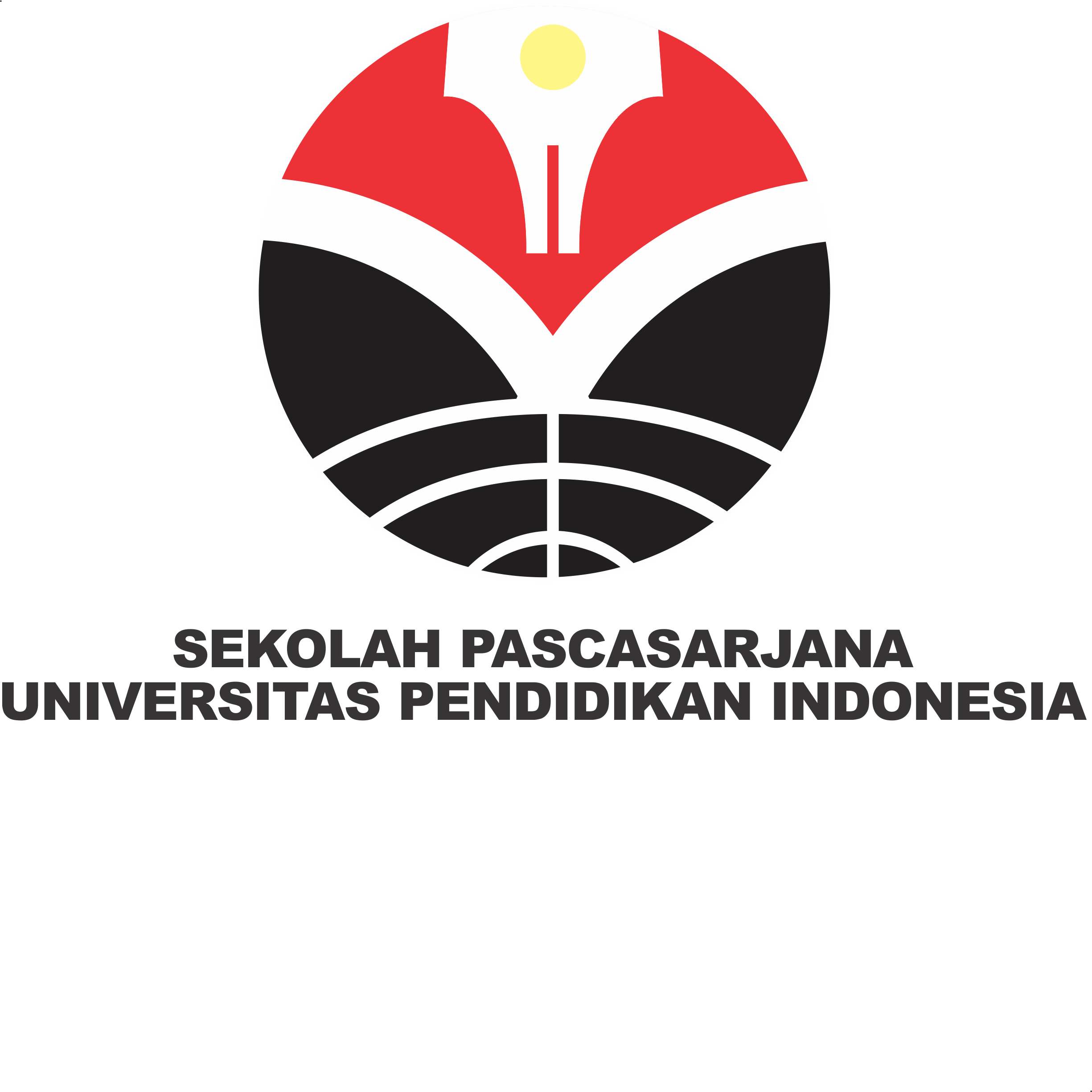The Application of the Window Shopping Model Can Improve Science Learning Achievement in Class V SDN 20 Gumarang, Agam Regency
Abstract
The purpose of this study is to prove that the cooperative learning model of the window shopping type is influential , Does using the window shopping type learning model increase learning science in V SDN 20 Gumarang class , Agam Regency? A very important factor for influencing student learning achievement is through the use of suitable models with lessons, thus then student learning achievement increased. This research uses classroom action research through qualitative and quantitative approaches . The way to collect data is observation and the researcher's own teaching experience and discussions with colleagues who act as observers when researchers carry out learning activities . Once the data is obtained then analyzed by means of qualitative and quantitative. As for the research subjects, namely fifth grade students at SD N 20 Gumarang . This research proved that the students ' science learning outcomes increased because of the average value of cycle I, which was 7.5.48 with a percentage of 75% and there was also an increase in cycle II, which was 91.83 with a percentage of 99%. So from these results it can be concluded that the cooperative learning model is a window shopping type used occurs student learning achievement increased in science learning.
Copyright (c) 2023 Rahma Taher, Risda Amini

This work is licensed under a Creative Commons Attribution 4.0 International License.















